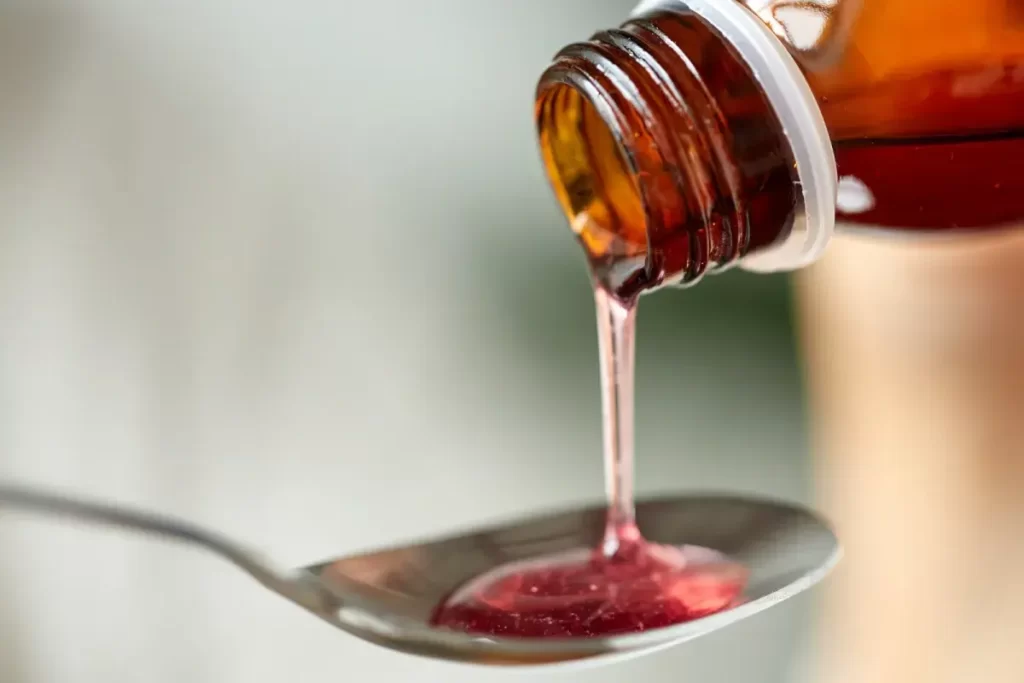-By ArdorComm News Network
March 10, 2023
According to the market research firm Euromonitor, the global market for children’s over-the-counter cough, cold, and allergy medications was expected to reach $2.5 billion in 2022. These medications combine active components like paracetamol, often known as acetaminophen in the US, to lower the body temperature with a glycerin or propylene glycol syrup that is safe, sweet, and simple to take.
Global health authorities in Gambia found two extremely toxic substances, ethylene glycol (EG) and diethylene glycol (DEG), in imported children’s cough syrup. According to Dr. Chaitanya Kumar Koduri, director of regulatory engagement at U.S. Pharmacopeia (USP), a non-profit that aids in setting worldwide standards for the manufacturing of drugs, both may be byproducts of the production of propylene glycol.
According to Kumar Koduri, manufacturers of propylene glycol for medicinal usage must purify it to get rid of any toxins. Only trace levels of EG and DEG are permitted by international standards in medicines; this equates to 0.10 percent of weight per volume or 0.10 grammes per 100 millilitres of syrup. Similar properties can be found in all the substances.
Propylene glycol is not toxic, however DEG and EG are very harmful. If not treated quickly after ingestion, pathologists warn that they can cause kidney failure and ultimately death. The dosage’s lethality is partially influenced by the patient’s weight. Children are more susceptible than adults since they are smaller. Human error is a possibility, according to Kumar Koduri.
However, suppliers or manufacturers have in the past used industrial grade propylene glycol or even pure DEG or EG as a substitute because they are less expensive. Two websites selling the chemicals claim that EG and DEG can be less expensive than half the cost of propylene glycol. Over 90 children in Haiti and over 200 in Bangladesh died in the 1990s as a result of DEG in paracetamol syrups.
Children have recently died in separate incidents in Panama, India, and Nigeria. Since then, the World Health Organization’s international guidelines have been tightened, and manufacturers are being urged to test more of their -ingredients and finished products. But, it is up to individual countries to enact laws to make sure they are followed at both the manufacturing and consumption points.
Source: Reuters


